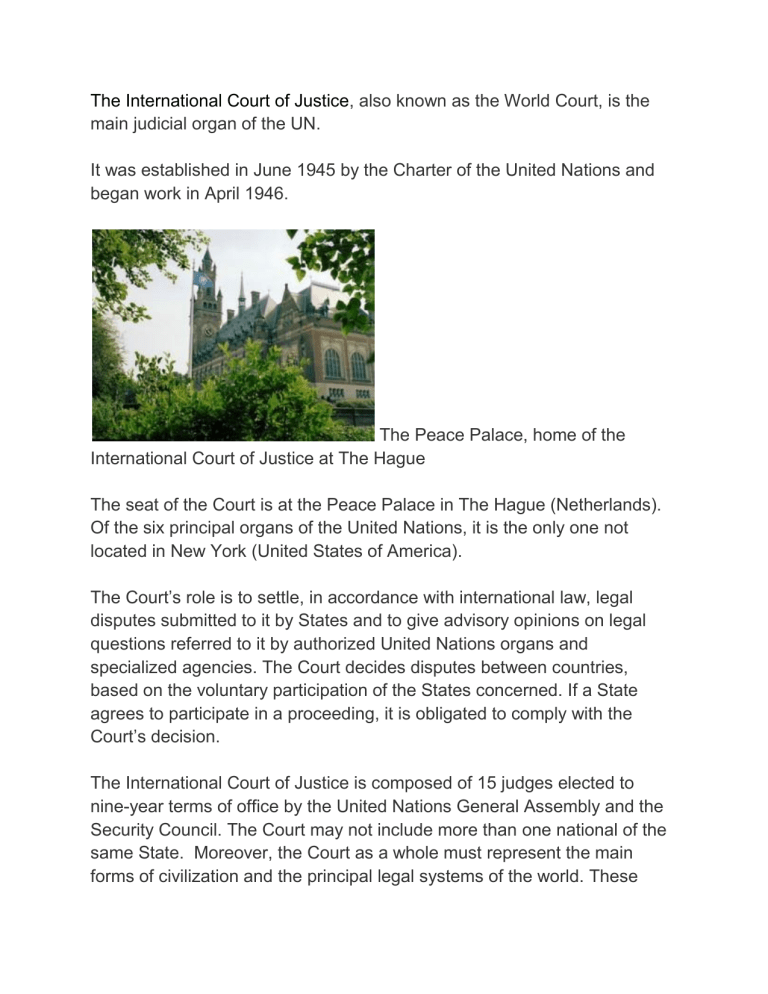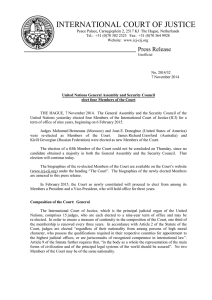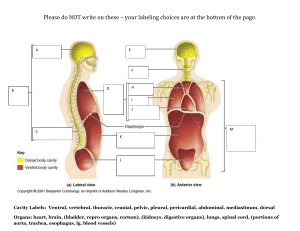
The International Court of Justice, also known as the World Court, is the main judicial organ of the UN. It was established in June 1945 by the Charter of the United Nations and began work in April 1946. The Peace Palace, home of the International Court of Justice at The Hague The seat of the Court is at the Peace Palace in The Hague (Netherlands). Of the six principal organs of the United Nations, it is the only one not located in New York (United States of America). The Court’s role is to settle, in accordance with international law, legal disputes submitted to it by States and to give advisory opinions on legal questions referred to it by authorized United Nations organs and specialized agencies. The Court decides disputes between countries, based on the voluntary participation of the States concerned. If a State agrees to participate in a proceeding, it is obligated to comply with the Court’s decision. The International Court of Justice is composed of 15 judges elected to nine-year terms of office by the United Nations General Assembly and the Security Council. The Court may not include more than one national of the same State. Moreover, the Court as a whole must represent the main forms of civilization and the principal legal systems of the world. These organs vote simultaneously but separately. In order to be elected, a candidate must receive an absolute majority of the votes in both bodies. This sometimes makes it necessary for a number of rounds of voting to be carried out. In order to ensure a measure of continuity, one third of the Court is elected every three years. Judges are eligible for re-election. Should a judge die or resign during his or her term of office, a special election is held as soon as possible to choose a judge to fill the unexpired part of the term.




